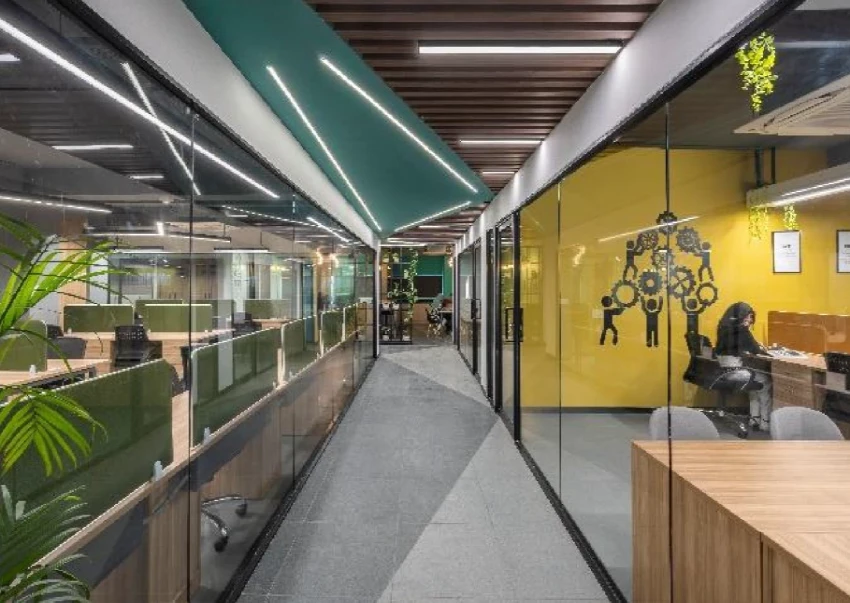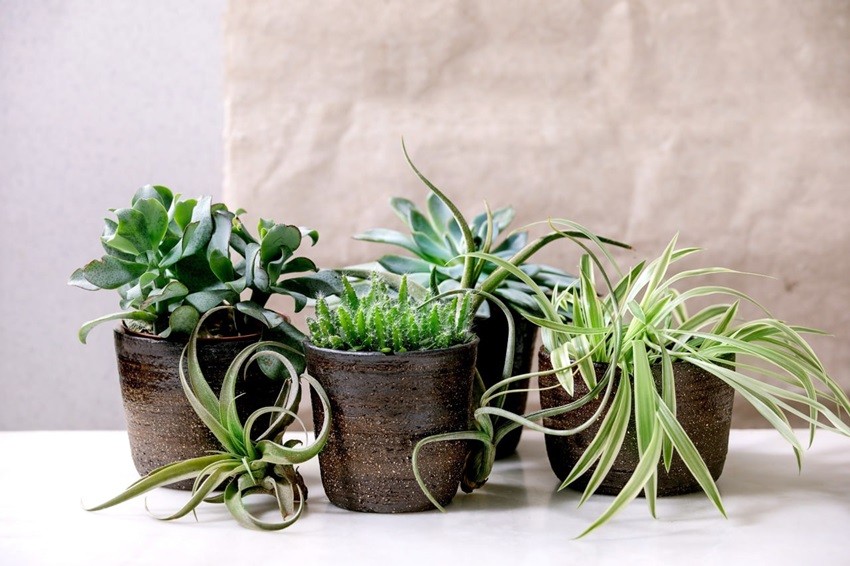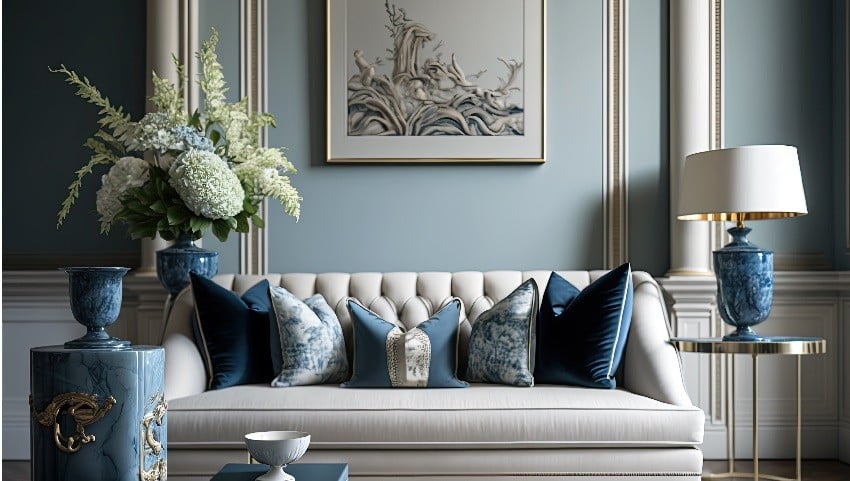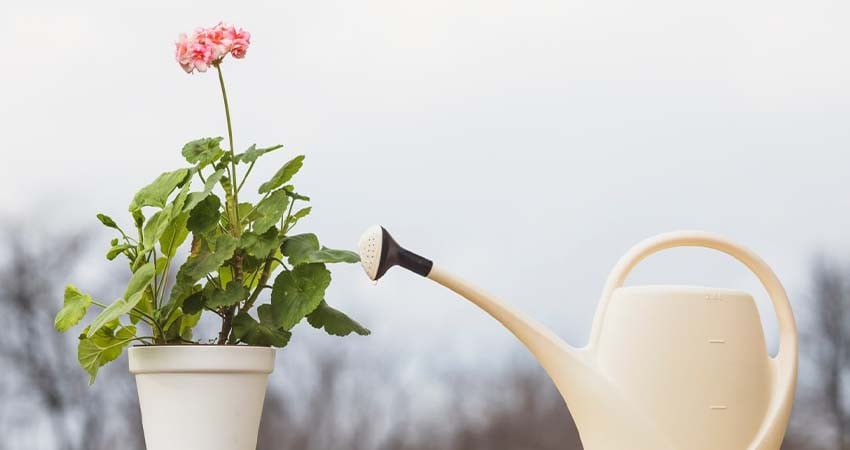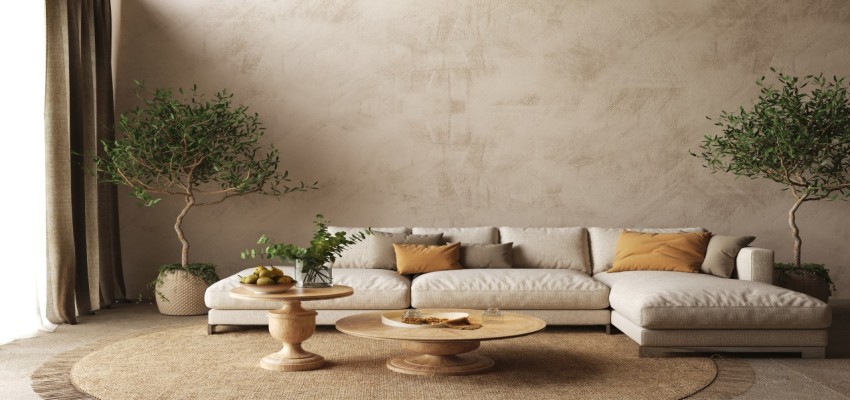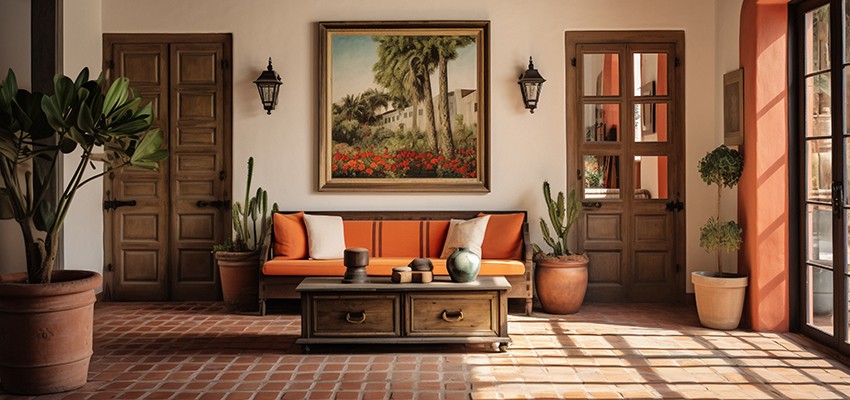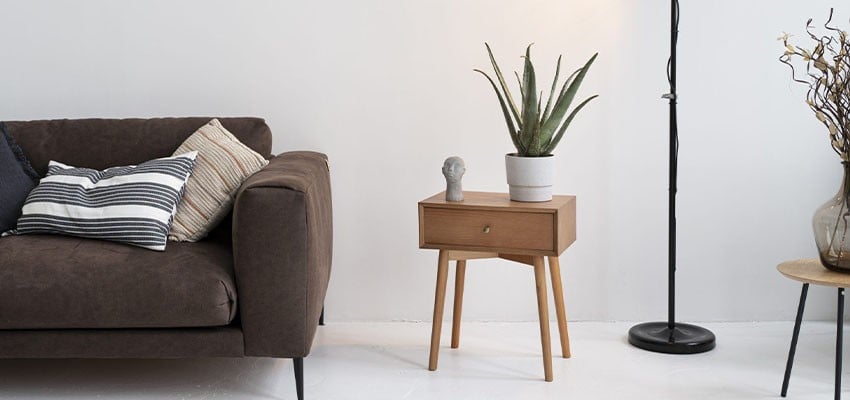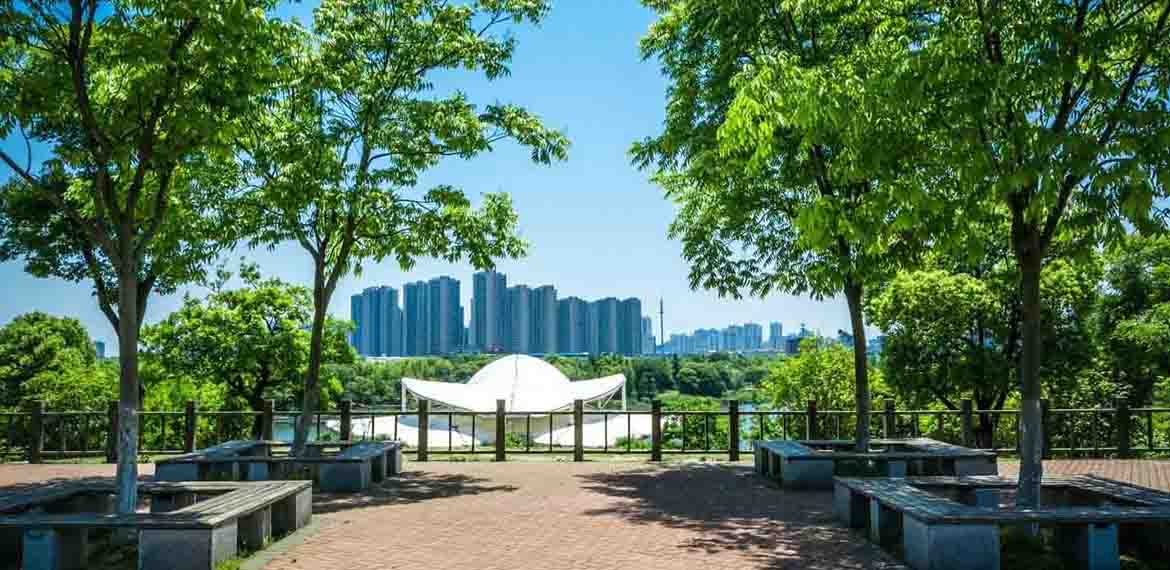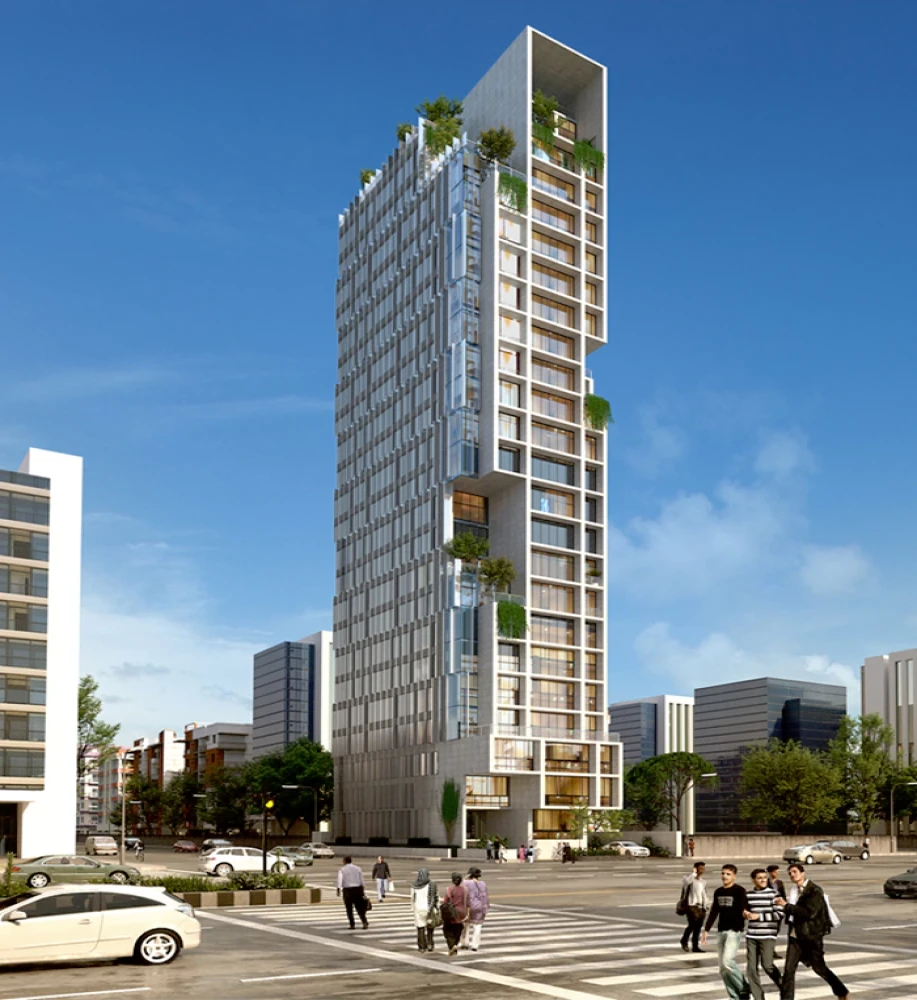
Dhaka’s Pulse of Commerce and Connectivity
Motijheel, situated in the center of Dhaka, is one of the city's busiest and most vital areas, spanning 3.69 square kilometers. It lies between Old Dhaka to the south and Ramna, Paltan, and Segunbagicha to the north. Once a tranquil garden belonging to the Nawab of Dhaka, Motijheel has evolved into Bangladesh’s largest commercial hub, a buzzing area filled with businesses, corporate offices, and everyday city life.
The area is a prime example of how fast-paced urban living unfolds. From early morning until late into the night, thousands of people are on the move, whether heading to work, managing businesses, or navigating the area’s streets. The energy here is palpable—everything moves quickly, reflecting the relentless drive of the people who work and live in Motijheel.
Connectivity in Motijheel is top-notch. In addition to its well-constructed road network and proximity to major transport hubs like Kamalapur Railway Station and several bus terminals, the newly opened Metro Rail (MRT Line 6) has further enhanced accessibility. The elevated Motijheel station has made commuting easier, cutting down travel time and making it more convenient for workers and residents alike.
Motijheel is home to a diverse range of businesses. It houses a significant number of corporate offices, especially in banking, finance, insurance, and media sectors. Major institutions like Bangladesh Bank, along with several private and public banks, have their headquarters here. The head offices of leading conglomerates like Akij Group and Anwar Group are also located in the area. In fact, Motijheel is known for having the highest concentration of banks and corporate headquarters in the country, making it a vital part of Bangladesh’s economy.
While primarily a commercial zone, Motijheel does offer limited residential areas. Arambag, AGB Colony, and T&T Colony serve as the main residential pockets, largely catering to government employees. Though small, these neighborhoods offer a quieter contrast to the hustle and bustle of the commercial areas, providing essential housing for those working in the heart of the city.
One of the defining features of Motijheel is its skyline, dotted with some of Bangladesh’s tallest buildings. The City Centre, the tallest skyscraper in the country, stands at 37 stories high. Other notable buildings include Janata Bank Bhaban with 24 floors and Bangladesh Bank’s headquarters with 31 floors. These towering structures symbolize the economic power concentrated in the area and reflect Motijheel’s importance in shaping Dhaka’s modern urban landscape.
Historically, Motijheel has been an essential part of Dhaka’s development, even before Bangladesh gained independence. After 1971, it became the first major administrative hub of the new country. Today, it remains central to key government and non-government operations, with institutions like the Dhaka Stock Exchange and the Water and Power Development Board based here.
Motijheel is the beating heart of Dhaka—fast-paced, crowded, and filled with life. It’s where people from all walks of life come to work, whether in large corporate offices or small businesses, and where major decisions that shape the country’s economy are made. With its well-connected infrastructure, towering buildings, and a constant buzz of activity, Motijheel remains one of the most critical areas in Dhaka, driving the city forward.
City Insights
Motijheel is the very first administrative hub of Bangladesh, a central zone in Dhaka that holds more corporate offices than any other part of the city, making it the key business Thana.
This area boasts some of the tallest buildings in the country, including the City Centre, standing at 171 meters, and the Bangladesh Bank Building, which rises to 115 meters.
Positioned at the core of Dhaka, Motijheel is home to the General Post Office and marks the zero point of the city, making it a true center for both business and administration.
Motijheel houses Dhaka’s main railway station, Kamalapur, a critical transport link connecting the capital to the rest of the country.
The residential options in Motijheel are limited, with most housing concentrated in the Arambag area, as well as the AGB and T&T colonies, which primarily accommodate government employees. These areas offer a quieter contrast to the bustling commercial scene that defines Motijheel.
Transportation
Bus Routes
Motijheel is connected to various parts of Dhaka through the following key routes:
Motijheel to Mirpur
Motijheel to Uttara
Motijheel to Rampura
Motijheel to Badda
Motijheel to Gulistan
Motijheel to Kamalapur
Motijheel to Paltan
Motijheel to Arambagh
Motijheel to Sayedabad
Motijheel to Press Club
Motijheel to Fakirapul
These routes ensure smooth connectivity to different parts of the city.
Nearby Train Stations
Kamalapur Railway Station
Motijheel Metro Rail Station
New Infrastructure
The latest addition to Motijheel is the Metro Rail Station, which officially commenced operations on November 5, 2023.
What Makes Motijheel Great
Motijheel is packed with top administrative and business offices, including the City Centre, Bangladesh’s tallest building (37 floors).
The area is well-connected, with smooth access to major roads, bus routes, and the new Metro Rail (MRT Line 6) for convenient commuting.
Leading educational institutions like Notre Dame University College, Ideal School and College, and T&T School & College are located here, offering quality education.
Motijheel is a food lover’s delight with iconic spots like Haji Biriyani, Shorshe Elish, and Panch Foron, blending classic and modern tastes.
Nearby, the Baitul Mukarram and Polwel Super Markets are just a quick rickshaw ride away, adding to the convenience for locals.
Areas of Concern
Motijheel faces significant traffic congestion, particularly during peak hours, which makes daily commuting difficult for residents and workers.
Parking facilities in Motijheel are insufficient, with limited spaces that cannot accommodate the high number of vehicles in the area.
The area has minimal greenery and open spaces, offering few opportunities for relaxation amid the bustling urban environment.
Pedestrian-friendly facilities are also insufficient, with sidewalks and crossings needing improvement to ensure safety and ease for walkers.

